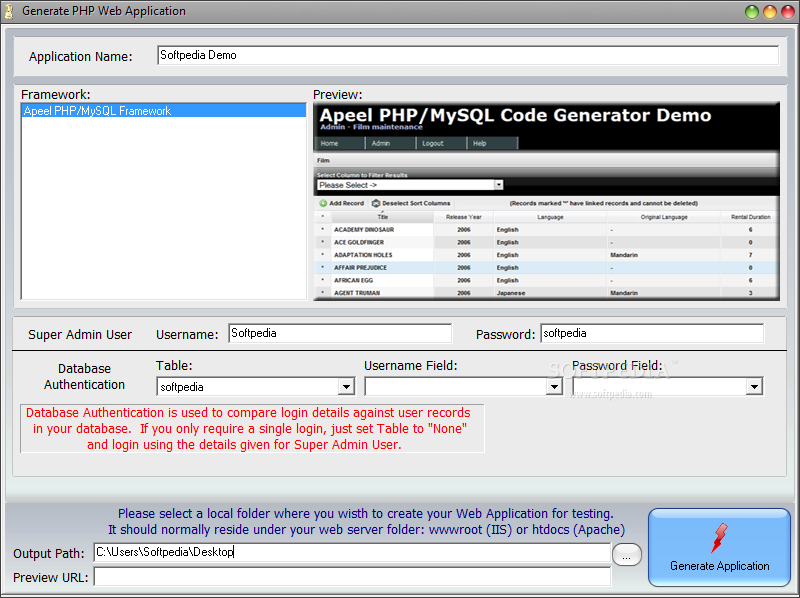


410 bore, now highly valued collector pieces. Around the same time, they became the de facto leader in smallbore pump actions with the Model 42 in. Their single shot break action Model 37 turned into a smash hit, even seeing US Military acceptance with the famous flaming bomb emblem. In both cases, Winchester offered a vast array of custom options and essentially made their guns to order for anything beyond the base model. Instead, the Winchester company continued its dominance of pump shotguns through the inter-war period with some competition nipping at their heels from Remington and later Ithaca, as well as developing the Model 21 double barrel. With their first autoloading shotgun in the post-Browning era a spectacular failure caused in part by their necessary dodging of Browning’s patents (which Winchester helped him develop, ironically) the company took a long break from the whole affair. While the other American gunmakers enjoyed licensed and even military contract production Auto-5s, Winchester stumbled about producing the famously terrible long recoil operated Model 1911 shotgun, not to be confused with the pistol, which limped along for ten or so years before being quietly shuffled under the rug in the early 20s. The autoloader itch remains unscratched, however, after the schism between the company and Browning himself over four decades earlier. Winchester has done well enough in the pump shotgun market with their John Browning derived designs: the Model 1912 (shortened to simply Model 12) had become the household name in slide actions which Remington and the rest chased after and the cowboy classic 1897 was just now reaching the twilight of its production. The year is 1950, and Winchester Repeating Arms company looks on with envy while Remington, Browning and even Savage pump out their versions of the most popular semi-automatic shotgun of all time: the Auto-5. The last of an era, the Winchester Model 50


 0 kommentar(er)
0 kommentar(er)
